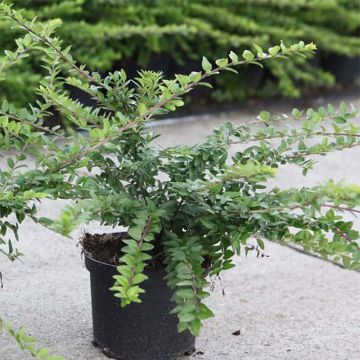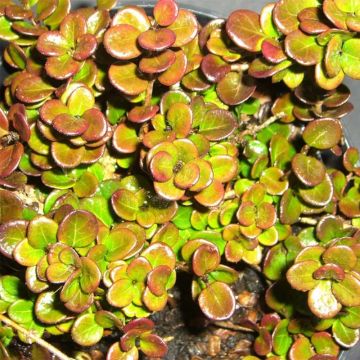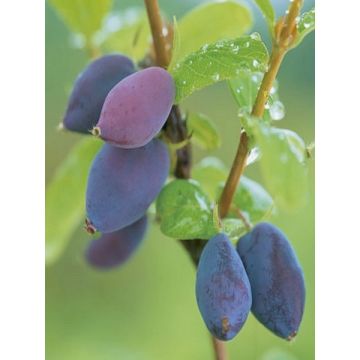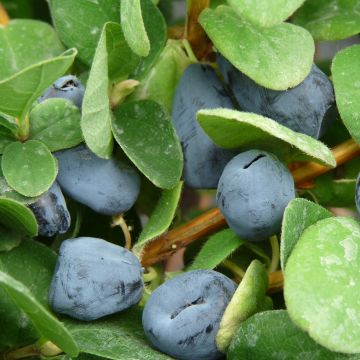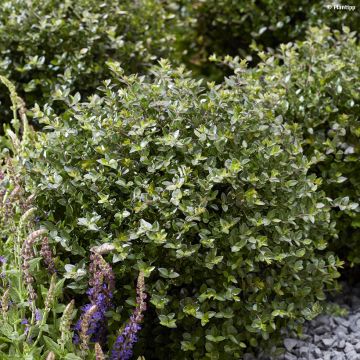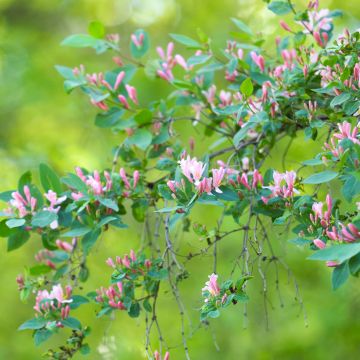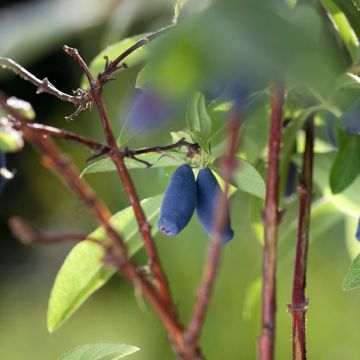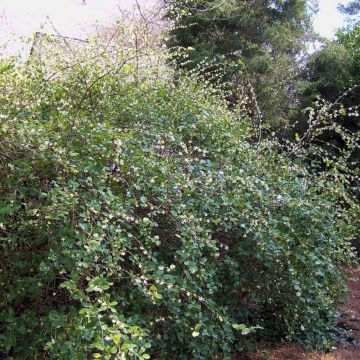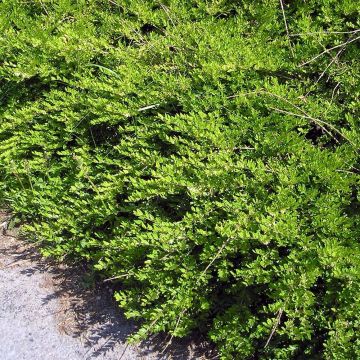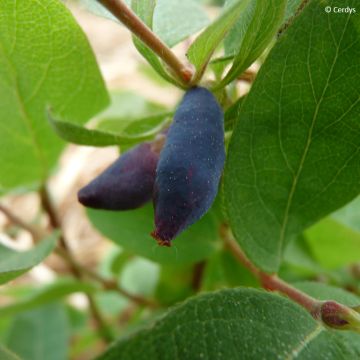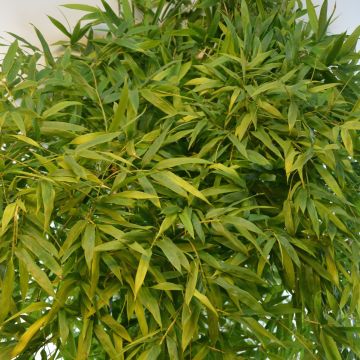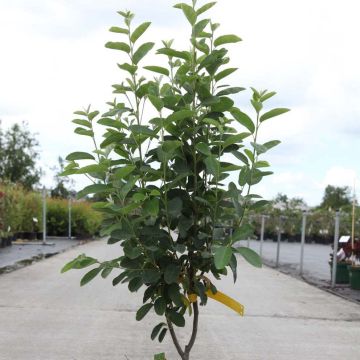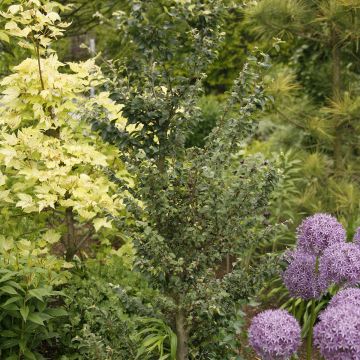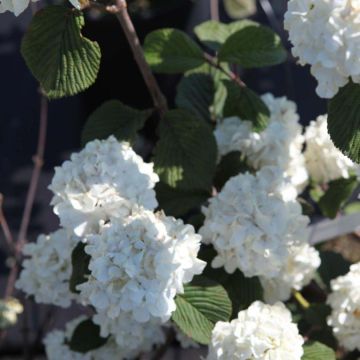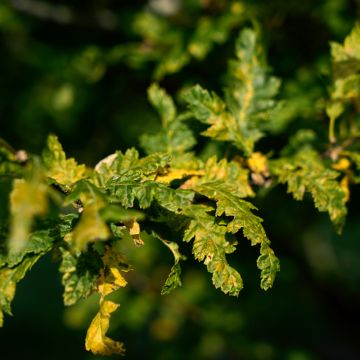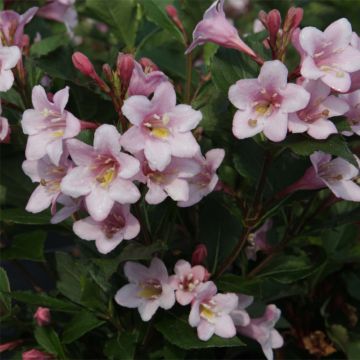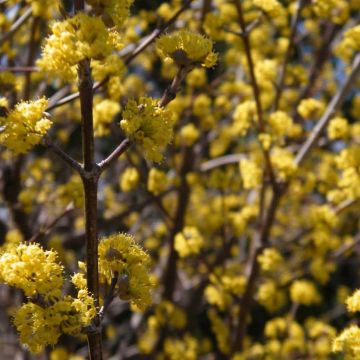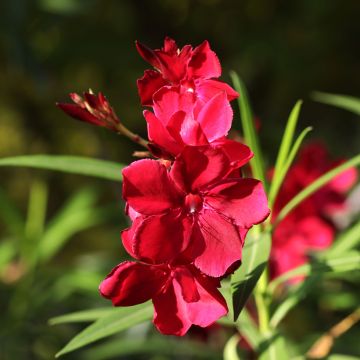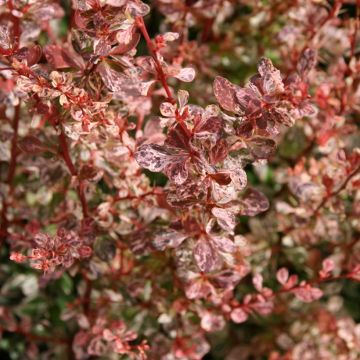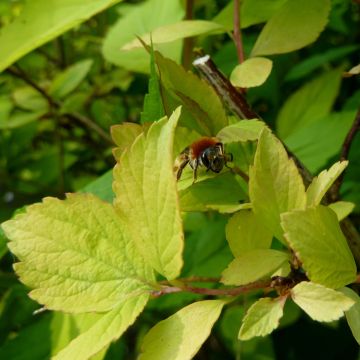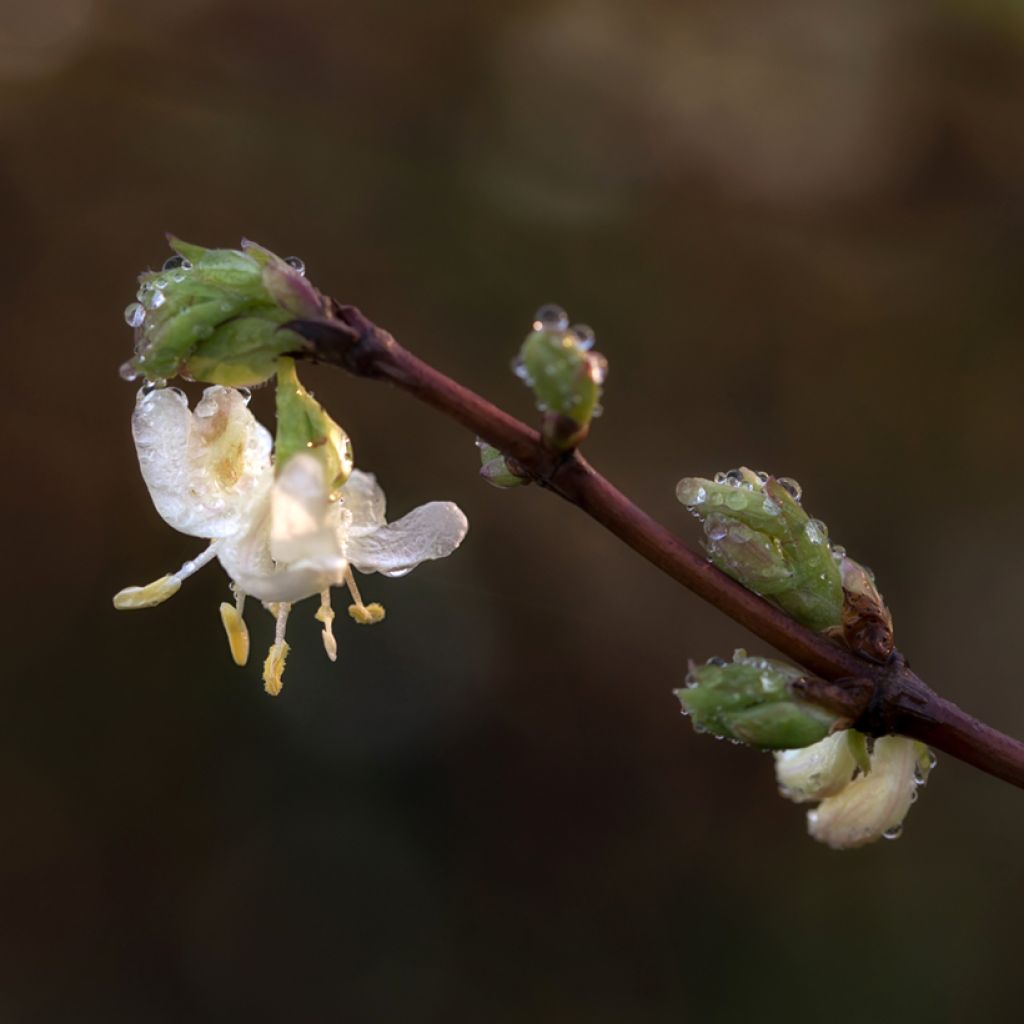

Lonicera x purpusii Winter Beauty
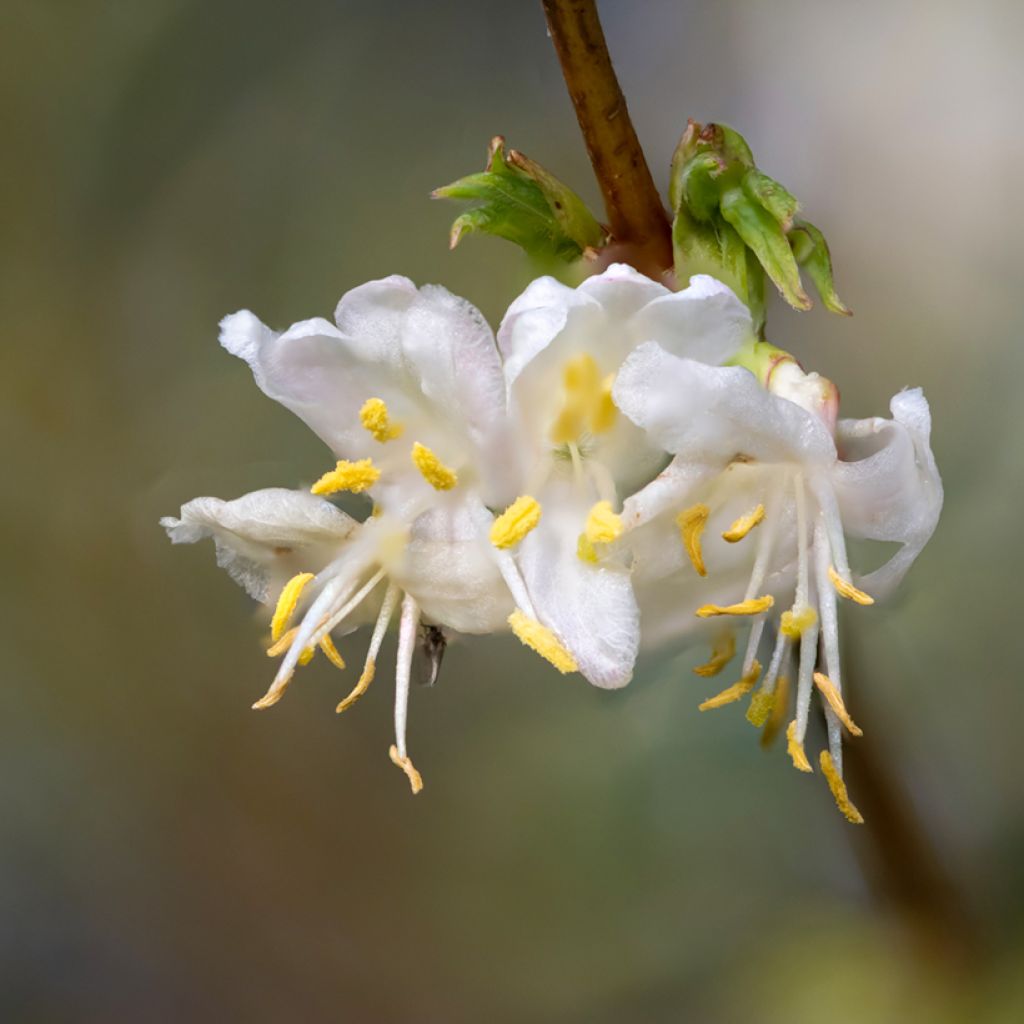

Lonicera x purpusii Winter Beauty
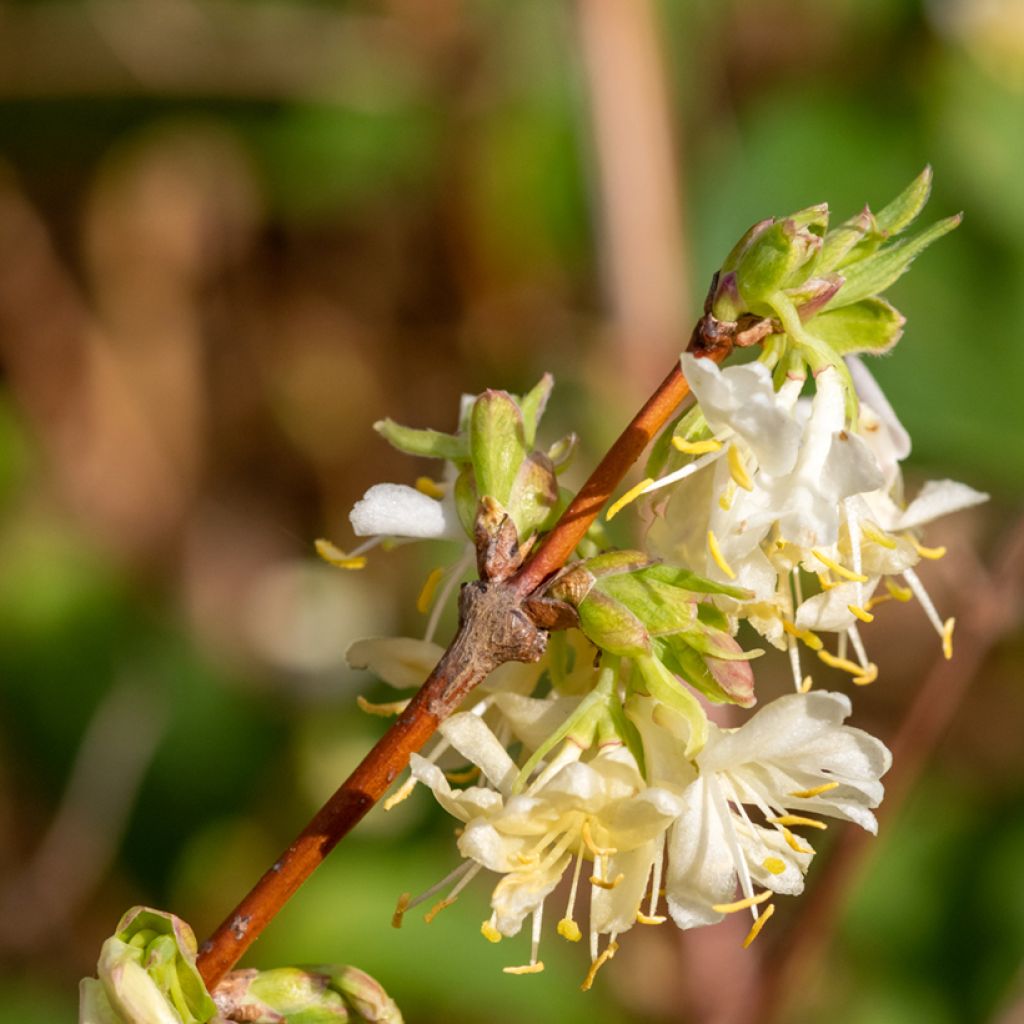

Lonicera x purpusii Winter Beauty
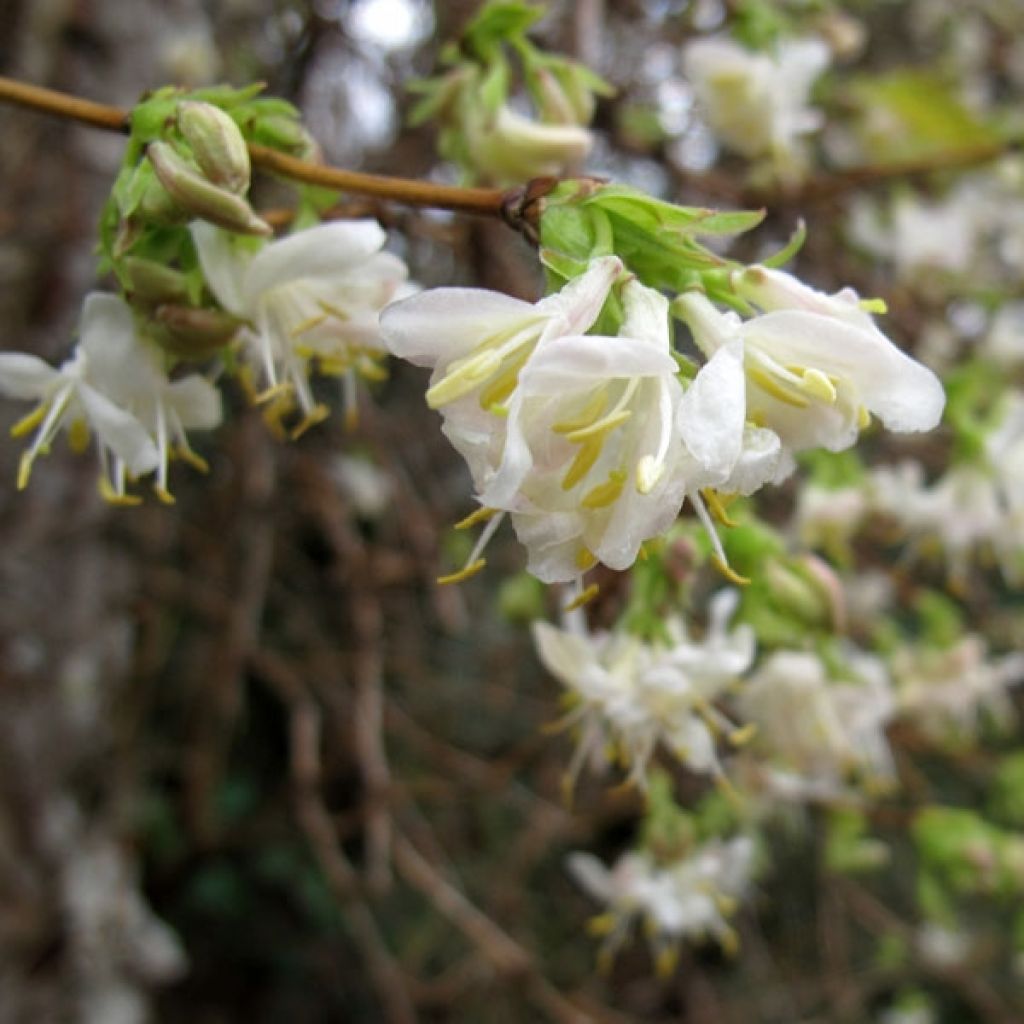

Lonicera x purpusii Winter Beauty
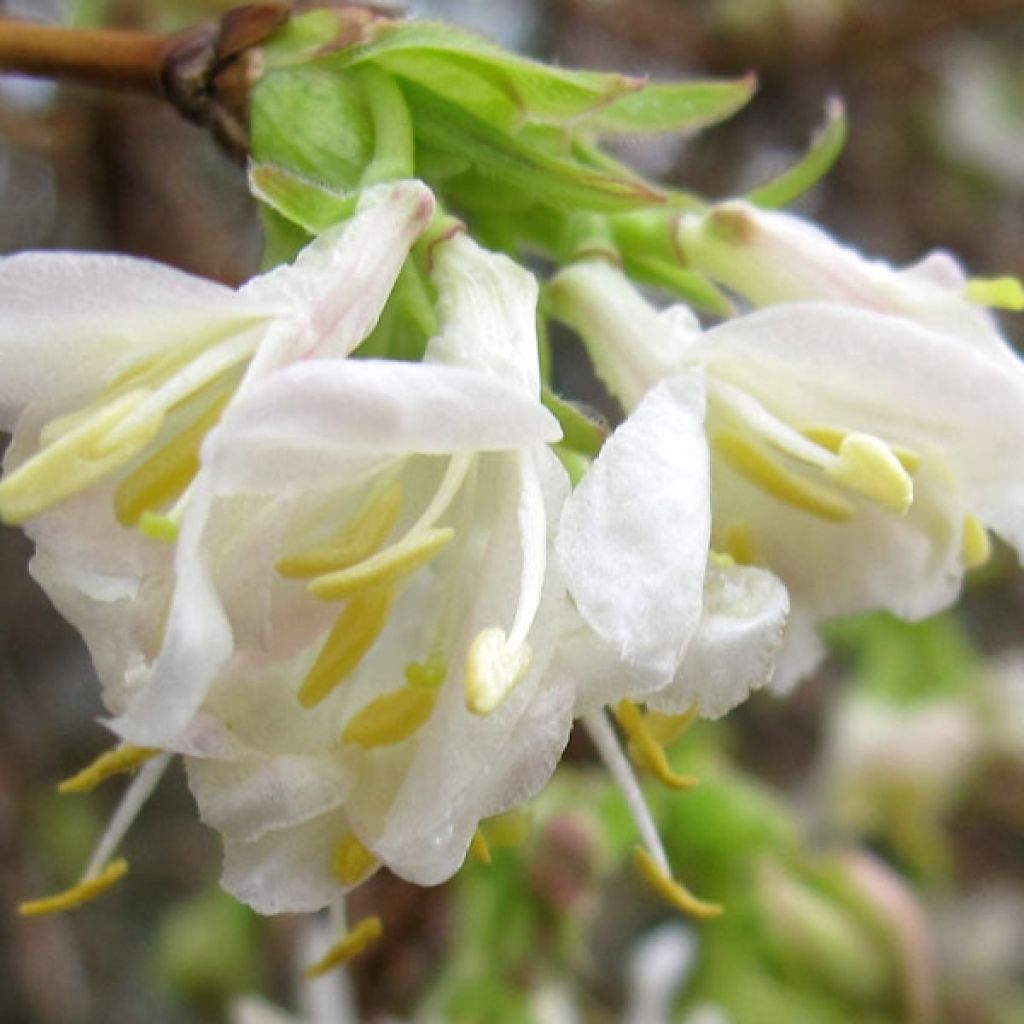

Lonicera x purpusii Winter Beauty
Lonicera x purpusii Winter Beauty
Lonicera x purpusii Winter Beauty
Winter flowering Honeysuckle
This item cannot be shipped to the selected country
Delivery charge from €5.90
Delivery to Corse prohibited
More information
Delivery charge from €5.90
Delivery to Corse prohibited
More information
Schedule delivery date,
and select date in basket
This plant carries a 6 months recovery warranty
More information
We guarantee the quality of our plants for a full growing cycle, and will replace at our expense any plant that fails to recover under normal climatic and planting conditions.
From €5.90 for pickup delivery and €6.90 for home delivery
Express home delivery from €8.90.
Delivery to Corse prohibited: UE law prohibits the import of this plant from mainland France to Corse as part of the fight against Xylella fastidiosa. Please accept our sincere apologies.
More information


Does this plant fit my garden?
Set up your Plantfit profile →
Description
Lonicera x purpusii Winter Beauty is a hardy winter-flowering shrub, easy to grow and full of charm that has its place in every garden. Rather discreet during the summer season, it reveals itself when the garden is asleep, usually in February, when it is covered in small almost white flowers visited by the first pollinators attracted by their fragrance. Flowers are numerous and particularly visible on the branches, which are often sparsely leafy at this time of year. Apart from flowering, its ample, dense, and flexible habit has a beautiful presence in partially shaded areas of the garden. This vigorous winter honeysuckle is one of the essential bushes in an informal hedge.
Lonicera x purpusii Winter Beauty is a horticultural hybrid obtained in Great Britain at Hillier in 1966. It is the result of cross-breeding between the Lonicera fragrantissima, native to northeastern China, and its close relative Lonicera standishii, also Chinese. All these plants are shrubs, not climbers. They belong to the Caprifoliaceae family. 'Winter Beauty' is perfectly hardy and very tolerant of most soils, whether slightly acidic, neutral, or even slightly calcareous. It tolerates dry summers quite well if planted in shady positions in summer, for example, under a deciduous tree. However, it dislaikes overly compact and waterlogged soils in winter.
The habit of Lonicera purpusii Winter Beauty is bushy, rounded to spreading, with slightly arched branches. At maturity, this shrub, a little wider than tall, will measure approximately 2m (6 ft 7 in) in height and 2.50m (8 ft 2 in) in spread, sometimes more. Its growth can be easily controlled by pruning after flowering. The branches, reddish when young, become more grey and flaky over time. Its foliage is dense and more or less evergreen in winter depending on the climate: it often falls in January-February. The leaves, 2.5 to 7 cm (1 to 2.8 in) long, are arranged oppositely on the branches. They are ovate and pointed, and light to medium green in colour. Flowers occur from December to March on the previous year's wood. These small flowers, grouped in pairs or fours in the axils of the leaves, measure no more than 1 cm (0.4 in) to 1.5 cm (0.6 in) in length and diameter. They are cream-white, slightly touched with pale pink at the base, and have yellow stamens. Their fragrance resembles that of jasmine with a lemony note. Very nectar-rich, they are a source of food for bees at a time of year when blooms are rare. Their scent will be more noticeable in mild weather and in the late afternoon. They give way to small fruit which are somewhat dull red. These ripen at the end of spring or the beginning of summer.
This winter honeysuckle, which grows quite large, is often used in an informal hedge or at the back of flower beds. However, its winter fragrance will be better enjoyed if it is planted near a passageway or pathway leading to an entrance of the house. It will be beneficial to associate it with shrubs that have staggered flowering but equivalent vigour: consider, for example, Philadelphus coronarius (garden mock orange), Lonicera tatarica, lilacs, dogwoods, winter viburnums. The budded branches can be cut and put in a vase in the house, where they will open and perfume the room.
Lonicera x purpusii Winter Beauty in pictures


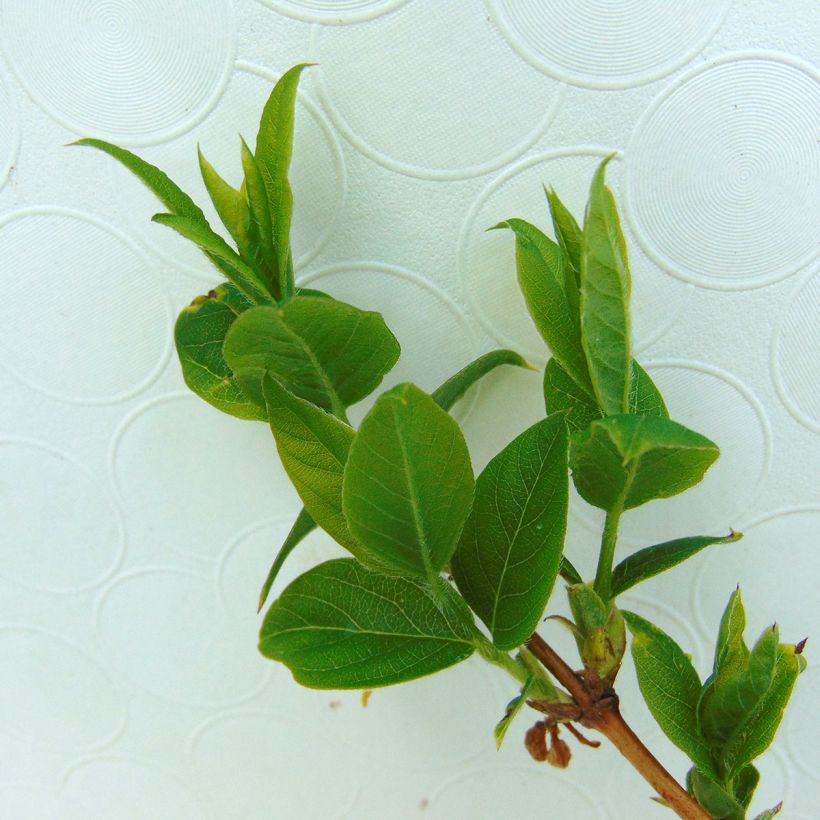

Plant habit
Flowering
Foliage
Botanical data
Lonicera
x purpusii
Winter Beauty
Caprifoliaceae
Winter flowering Honeysuckle
Cultivar or hybrid
Other Honeysuckle
Planting and care
Plant the winter honeysuckle in autumn or early spring. Choose a sheltered position: very hardy (-20°C (-4 °F)), it is not afraid of the cold, but will flower better in a sheltered position during winter that is also partially shaded during the hot months.
Lonicera purpusii Winter Beauty is tolerant of most soil, which can be slightly acidic, neutral or slightly alkaline, but prefers well-drained soils. Once well established in deep soil, this shrub is quite resistant to dry summers if shaded by a deciduous tree.
Control its growth with light pruning after flowering.
Easy to grow, it is quite undemanding. It appreciates regular fertilization during the growth period, especially if grown in a container.
Planting period
Intended location
Care
-
, onOrder confirmed
Reply from on Promesse de fleurs
Hedge shrubs
Haven't found what you were looking for?
Hardiness is the lowest winter temperature a plant can endure without suffering serious damage or even dying. However, hardiness is affected by location (a sheltered area, such as a patio), protection (winter cover) and soil type (hardiness is improved by well-drained soil).

Photo Sharing Terms & Conditions
In order to encourage gardeners to interact and share their experiences, Promesse de fleurs offers various media enabling content to be uploaded onto its Site - in particular via the ‘Photo sharing’ module.
The User agrees to refrain from:
- Posting any content that is illegal, prejudicial, insulting, racist, inciteful to hatred, revisionist, contrary to public decency, that infringes on privacy or on the privacy rights of third parties, in particular the publicity rights of persons and goods, intellectual property rights, or the right to privacy.
- Submitting content on behalf of a third party;
- Impersonate the identity of a third party and/or publish any personal information about a third party;
In general, the User undertakes to refrain from any unethical behaviour.
All Content (in particular text, comments, files, images, photos, videos, creative works, etc.), which may be subject to property or intellectual property rights, image or other private rights, shall remain the property of the User, subject to the limited rights granted by the terms of the licence granted by Promesse de fleurs as stated below. Users are at liberty to publish or not to publish such Content on the Site, notably via the ‘Photo Sharing’ facility, and accept that this Content shall be made public and freely accessible, notably on the Internet.
Users further acknowledge, undertake to have ,and guarantee that they hold all necessary rights and permissions to publish such material on the Site, in particular with regard to the legislation in force pertaining to any privacy, property, intellectual property, image, or contractual rights, or rights of any other nature. By publishing such Content on the Site, Users acknowledge accepting full liability as publishers of the Content within the meaning of the law, and grant Promesse de fleurs, free of charge, an inclusive, worldwide licence for the said Content for the entire duration of its publication, including all reproduction, representation, up/downloading, displaying, performing, transmission, and storage rights.
Users also grant permission for their name to be linked to the Content and accept that this link may not always be made available.
By engaging in posting material, Users consent to their Content becoming automatically accessible on the Internet, in particular on other sites and/or blogs and/or web pages of the Promesse de fleurs site, including in particular social pages and the Promesse de fleurs catalogue.
Users may secure the removal of entrusted content free of charge by issuing a simple request via our contact form.

































